Reading the gospel, sometimes a sentence, even a single word, can keep us… there –
at the thought, or the scene, or… more still, at the situation described.
We may not be fully aware of the reason, but we are drawn to remain… just there.
We feel the need to see more, understand more deeply, realize…
Yes, realize that what is described, in a given text, is very close to our own experience.
This could be said of what today’s gospel says of the two disciples on the road to Emmaus (Luke 24:13-35):
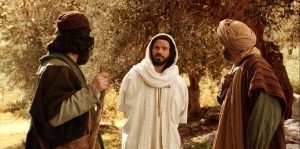 “Something prevented them from recognizing him.”
“Something prevented them from recognizing him.”
Of course, we wonder… what is this something?
Why is it that, while Jesus is walking with them, the two men fail to recognize him?
The two disciples see, but they do not perceive…
Their minds are puzzled, they fail to understand…
Their hearts grieve, they are unaware of the reality…
Pursuing our reflection, we may look… inwards… and ask ourselves:
What is it that prevents US from recognizing the Lord walking with us – for he does!
We are often confused by what happens to us.
We are bewildered by the situations we find ourselves in.
We grieve, we lament, we are sad and downcast.
And… we do not dare to hope, we do not dare to BELIEVE, so we fail to see…
We do not recognize ‘God-with-us’ – the very name given to Jesus: ‘Emmanuel’ – walking with us.
Until… Until when?…
Until God becomes really real for us!
Note: In the following video, Anil Das Kumar and Dominic Savio Rassalayyan, who personify the disciples of Emmaus, tell us what happened on that night as they were on the way: https://youtu.be/4QwKU442-80
Another text is available on a different theme, in French at: https://image-i-nations.com/3e-dimanche-de-paques-annee-a-2023/
Source: Image: https://www.churchofjesuschrist.org/


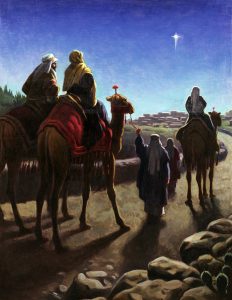
 But no matter how meaningful these signs may appear, they are weak and poor in comparison to THE SIGN not yet mentioned.
But no matter how meaningful these signs may appear, they are weak and poor in comparison to THE SIGN not yet mentioned. This description brings to my mind the picture of… a quilt!
This description brings to my mind the picture of… a quilt!
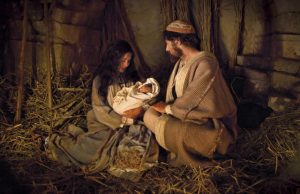
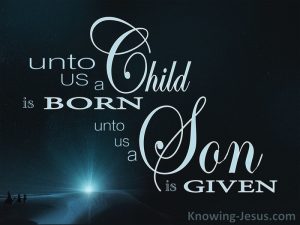 Because this is the true meaning of CHRISTMAS:
Because this is the true meaning of CHRISTMAS: These are the very words with which the angel Gabriel greeted Mary.
These are the very words with which the angel Gabriel greeted Mary.
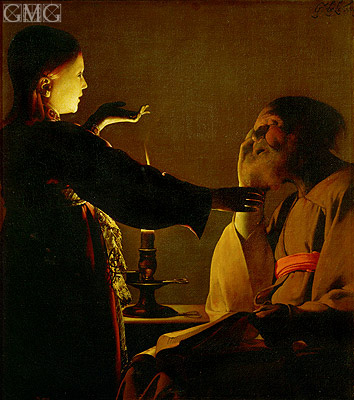 there precisely when you need them!
there precisely when you need them!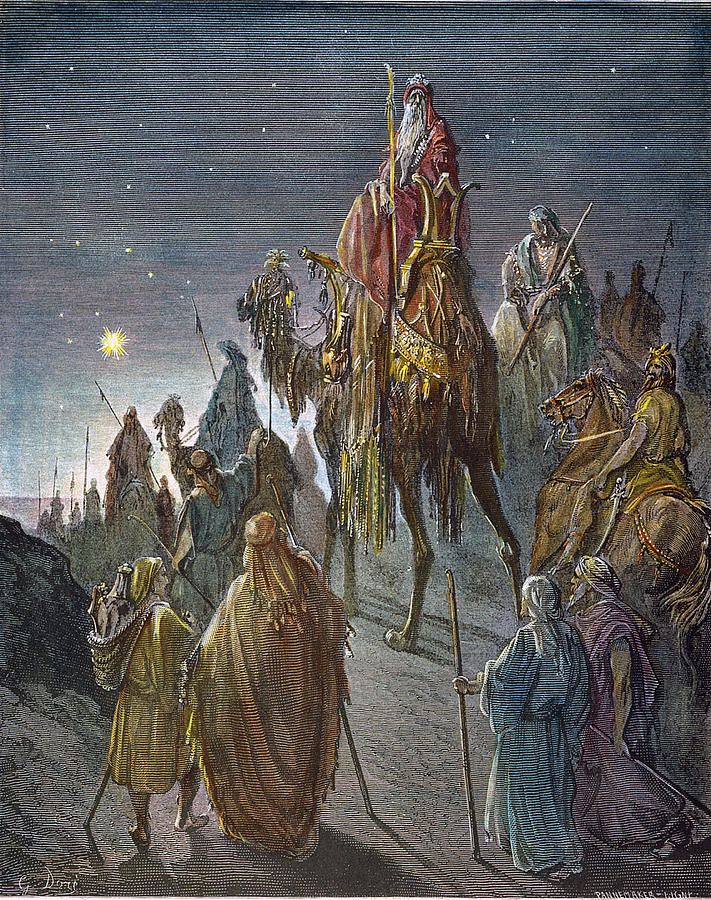


 Proverbs often have much wisdom encapsulated in a few words. They convey the popular wisdom which has much to tell us about life and situations.
Proverbs often have much wisdom encapsulated in a few words. They convey the popular wisdom which has much to tell us about life and situations.